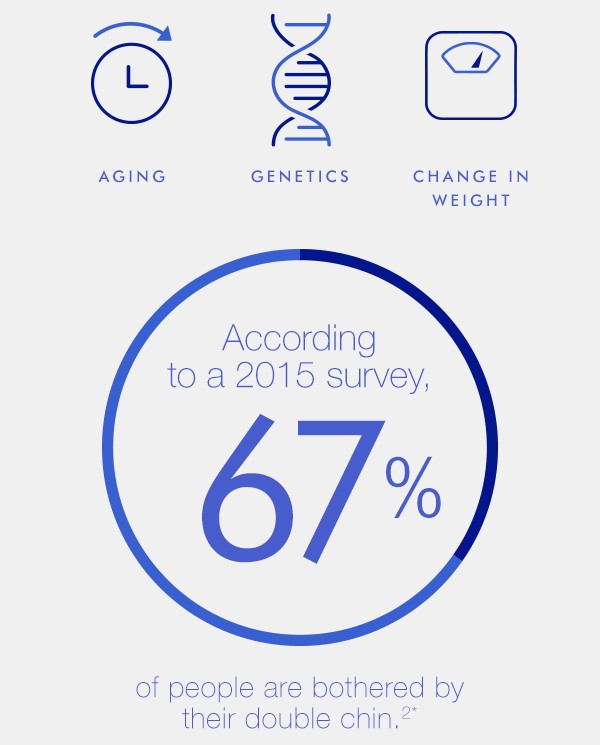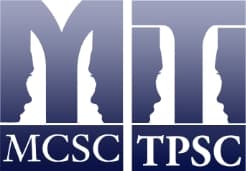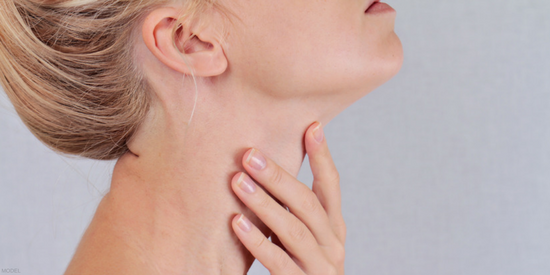Why Do Some People Have a Double Chin?
Fullness under the chin is normally associated with one of three factors: aging, genetics, and, changes in weight.

*American Society for Dermatology 2015 Consumer Survey on Cosmetic Dermatologic Procedures (n=7,315). Exact survey language was “How bothered are you by excess fat under the chin/neck?”
Get Rid of A Double Chin
No matter how often some people do neck tightening exercises or eat right, their double chin just won’t go away. However, with new advances in medical aesthetics, there are now many choices of treatment for this area so you can love the chin you’re in.
What Are Your Options?
Recently an innovative product has been developed to improve the appearance of the jawline and chin in those people suffering from “double chin”. In addition, a new twist on a previously available therapy, CoolSculpting®, has also expanded the available non-invasive double chin therapies. Many people with excessive fat beneath their jawline, also called submental fat, have tried double chin exercises, topical creams, or even wearable devices, like hairbands to give the appearance of “neck tightening”. Eventually, many have discovered their only real option was to undergo a surgical procedure like liposuction or a neck lift.
It’s the time to learn more about how you can love the chin you’re in.
The available therapies for double chin vary with respect to effectiveness and therefore patient satisfaction, as well as varying in price, downtime and side effects. While in general more invasive treatments have slightly higher effectiveness ratings than those less invasive, the good news is that all have fairly high satisfaction rate. According to online surveys such as those conducted by Realself and others, 88% of people voted the new double chin injections worthwhile, while overall CoolSculpting tends to have slightly lower satisfaction rate, and liposuction or neck surgery have somewhat higher satisfaction ratings, over 90%. For individual patients, this must be balanced against the most invasive nature of neck liposuction and neck lift, as well as the increase in downtime and potential side effects, and higher cost that can be associated with surgeries.
In our experience, the cost is only one factor that can influence personal treatment choices, and indeed for some patients, liposuction can be a less expensive option than double chin injections of the treatment area is large. The cost of double chin injections varies from patient to patient depending on the amount of fat present in the sub-mental area, as this, in turn, dictates how much fat dissolving medication needs to be injected, and how many treatments may be needed. The good news is that while the treatment has been recommended for moderate amounts of fat, recent clinical experience has noted improvement even when smaller amounts of fat are present. Thus, while treatment may be needed 2 to 6 times, many patients will require only 2 treatments, and the majority improve with 3 or 4.
Regardless of which double chin treatment you opt for, remember that all should be administered only by a trained health practitioner. These are treatments that are generally safe but can have side effects. For example, chin injections can be associated with swelling, itching, discomfort and loss of sensation in the treated area. These are typically transient side effects that resolve over days to a couple of weeks. However, it is important to know the treatment is administered in an area where important anatomic structures such as nerves and blood vessels exist. Thus, only a doctor should carry out double chin injections or surgery, and only a physician should oversee chin treatment with CoolSculpting.
Questions to Ask Your Doctor
To help you get started, here are some questions you may want to ask your doctor at your consultation:
- What treatments are best considered in my specific case, and why?
- What are the pros and cons of each of my options?
- Has the treatment you most recommend undergone a lot of testing, and what are the statistics for success?
- Is this a treatment that is approved by Health Canada and other health regulatory bodies?
- What are the possible side effects of the treatment?
- Once I have achieved results I’m happy with, will I need to continue treatments?
- Are most patients satisfied with the results of this treatment?
Call today to book your appointment!


Leave a Reply